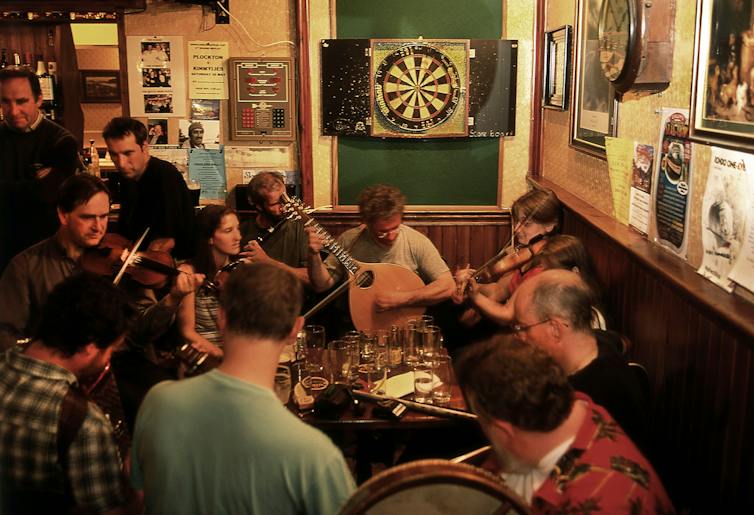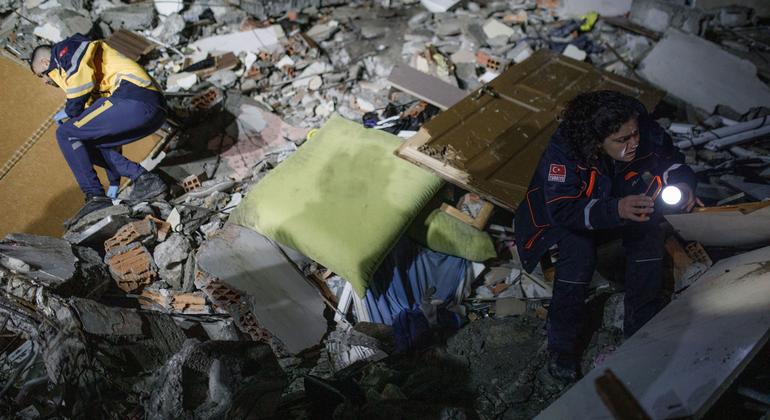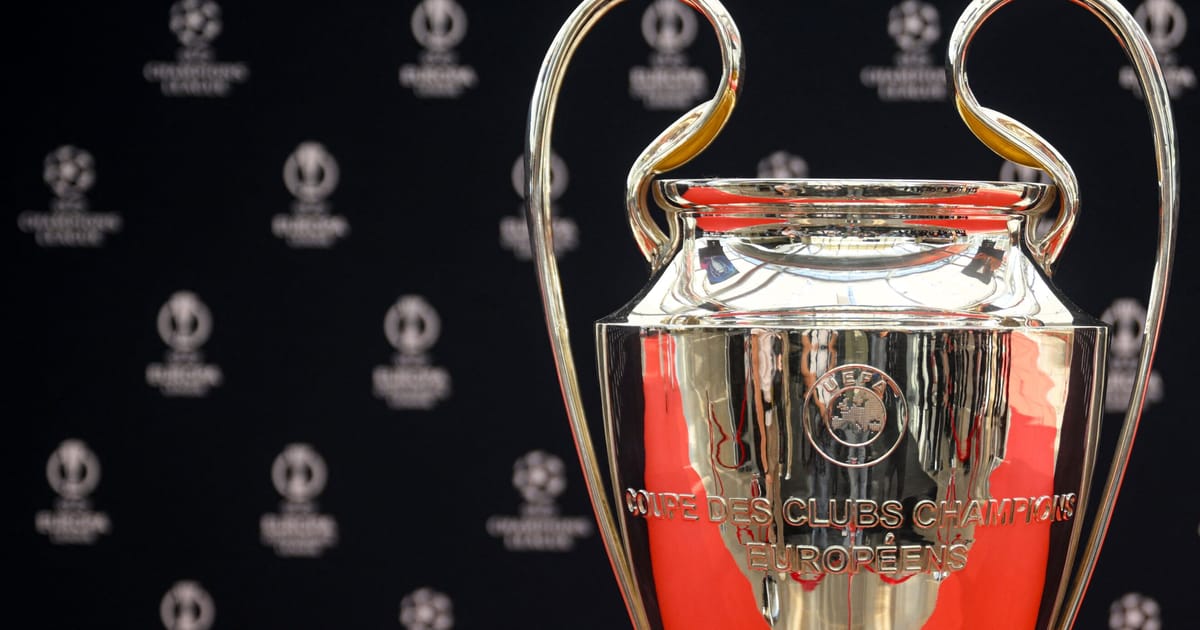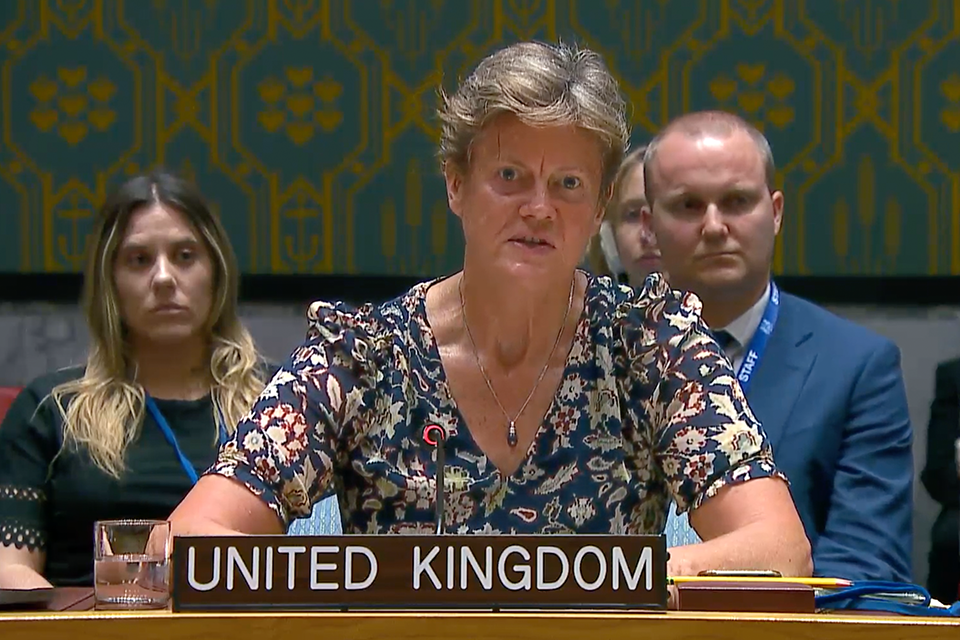From the island of St Kilda 40 miles west of the Hebrides, to Edinburgh’s splendid Georgian New Town, Scotland is a nation rich in cultural heritage, some of which is Unesco-protected. As well as the country’s globally renowned castles and monuments, Scotland has an enormous resource of intangible cultural heritage (ICH).
Sometimes referred to as “living heritage”, intangible cultural heritage includes the vast array of traditional songs, stories, crafts and practices that provide the character and backdrop to Scotland’s cultural identity. In Scotland, as everywhere, there are two main risks to living heritage. One, that it can be lost if it is not passed down from one generation to the next and two, that it is at risk of being misused, misinterpreted or misrepresented.
Scotland’s intangible cultural heritage features in many films and TV dramas from Brigadoon (1954) to Braveheart (1995) and Outlander (2014-). These productions present a narrow version of Scottish cultural identity through music, costume and location that is recognisable to an audience who may have never visited the country.
At the moment, these elements, though very clearly belonging to the cultural heritage of Scotland, don’t have to be acknowledged in any way by TV producers or filmmakers. Though the popularity of these works is in part due to their setting, no money currently flows back to the state or communities for that use. This is not the case elsewhere; most countries around the world enjoy a more robust approach to the protection of their living heritage.
Goddard Archive / Alamy
Protecting our assets
Living heritage is protected through the Unesco 2003 Convention for the Protection and Safeguarding of the Intangible Cultural Heritage. The convention has virtually global coverage, with 181 nations signed up. However, the UK is one of the very few countries that has not.
Traditionally, this is because when former colonies began to assert their right to independence from the mid 20th century, that argument was often based on the assertion of precolonial culture, sometimes characterised as folklore. If countries were culturally different then they had a right to be politically different. So, for the colonising country, the question of protecting folklore was less urgent because no-one was trying to change its culture or impose a new one.
More recently, former colonial powers have seen the value of safeguarding living heritage, partly to protect traditional practices and partly as a way of developing tourism and other commercial interests. Now there is a wide variety of living heritage included in the Unesco Register, from cuisine to storytelling and agricultural practices. Together, as ICH academic Cristina Chavez suggests, these “historical connections build a deep sense of belonging, which in turn constitutes a way of living in the present but also of imagining a shared future”.
In not protecting intangible cultural heritage, the UK belongs to a very small group of countries. Where many countries protect living heritage through their copyright laws, the UK Copyright and Patents Act does not include protection for folklore, so anyone can freely use the UK’s living heritage anywhere in the world for any purpose without permission.
For example, this can be seen in the multiple Hollywood retellings of the Arthurian legends, or the hit American TV show Bridgerton, part of the appeal of which is the depiction of a specific kind of Englishness. Elsewhere, users must acknowledge where the intangible cultural heritage has come from and in some cases pay for its use, thus raising revenue that can support safeguarding and education locally.
There are, arguably, some advantages to not being a signatory of the convention, which requires member states to develop an inventory of living heritage and promote education and safeguarding practices. This is potentially onerous and demands resources that are not a priority in the midst of economic crises.
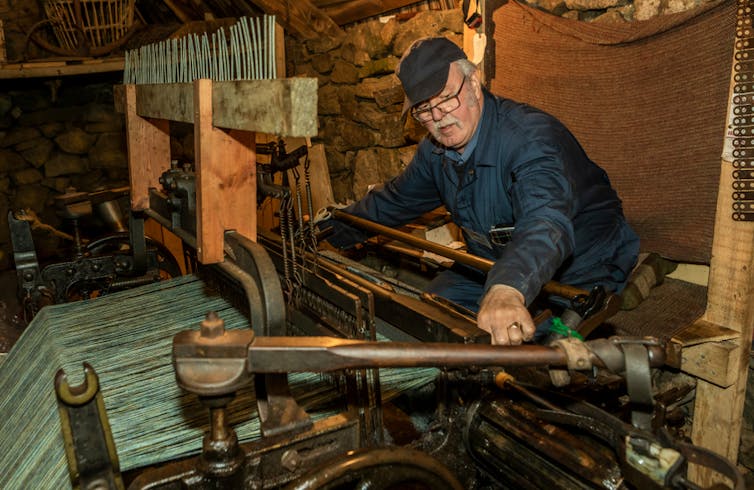
Marion Carniel / Shutterstock
How Scotland is doing its bit
However, what the convention requires in terms of education, awareness-raising and capacity building (article 14), and involving communities, groups and individuals (article 15), is already happening in Scotland.
In a recent project with Historic Environment Scotland(HES), I, along with Ben Thomas and Catriona Morrison and Iain Craig from HES’s Gaelic team, delivered a series of workshops in the island of Harris and Lewis where people shared their experiences of protecting living heritage in their communities.
This includes the work led by Bill Lawson at Sealleam in Harris which has developed a rich archive of the stories of Harris and the Western Isles, and that of the Ness Historical Society (Commun Eachraidh Nis), which gathers and displays oral histories and objects associated with the area. These projects clearly demonstrate excellent practice that rivals any of the work taking place in countries that have signed up to the Unesco convention.

Scottish Storytelling Centre
There is also potential for HES, which has an living heritage policy statement and other organisations, such as Creative Scotland, Traditional Arts-Culture Scotland and Museum and Galleries Scotland, to develop ways of supporting local organsiations and so position Scotland as a leader in living heritage safeguarding.
Scotland also has an ICH wiki, to which anyone can add an example of Scotland’s living heritage, but developing a framework for protection based on the expertise of community organisations would align Scotland with global best practice and make signing up to the convention easier should the UK government’s position change.
Given the work taking place in Scotland, and the long-established use of Scotland’s living heritage, there is a need to both develop a robust, national approach to safeguarding, and bring with it the potential to raise revenue.
Intangible cultural heritage cuts across political, historical, community and cultural spheres. These issues are made more acute by the marginalisation and historic exclusion of Gaelic, Doric and Scots languages and culture. The fact that Scotland is unable to sign up to this Unesco convention when it would be beneficial to do so, highlights the political issues at play.

Looking for something good? Cut through the noise with a carefully curated selection of the latest releases, live events and exhibitions, straight to your inbox every fortnight, on Fridays. Sign up here.

